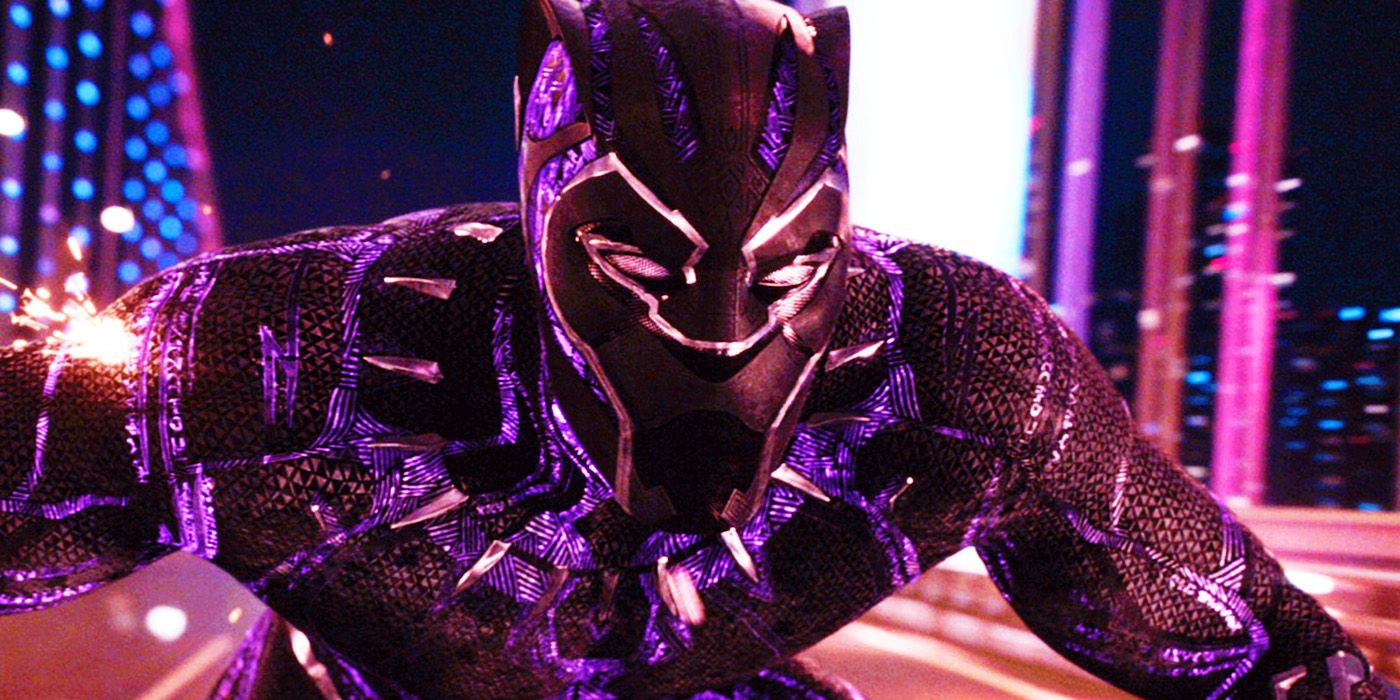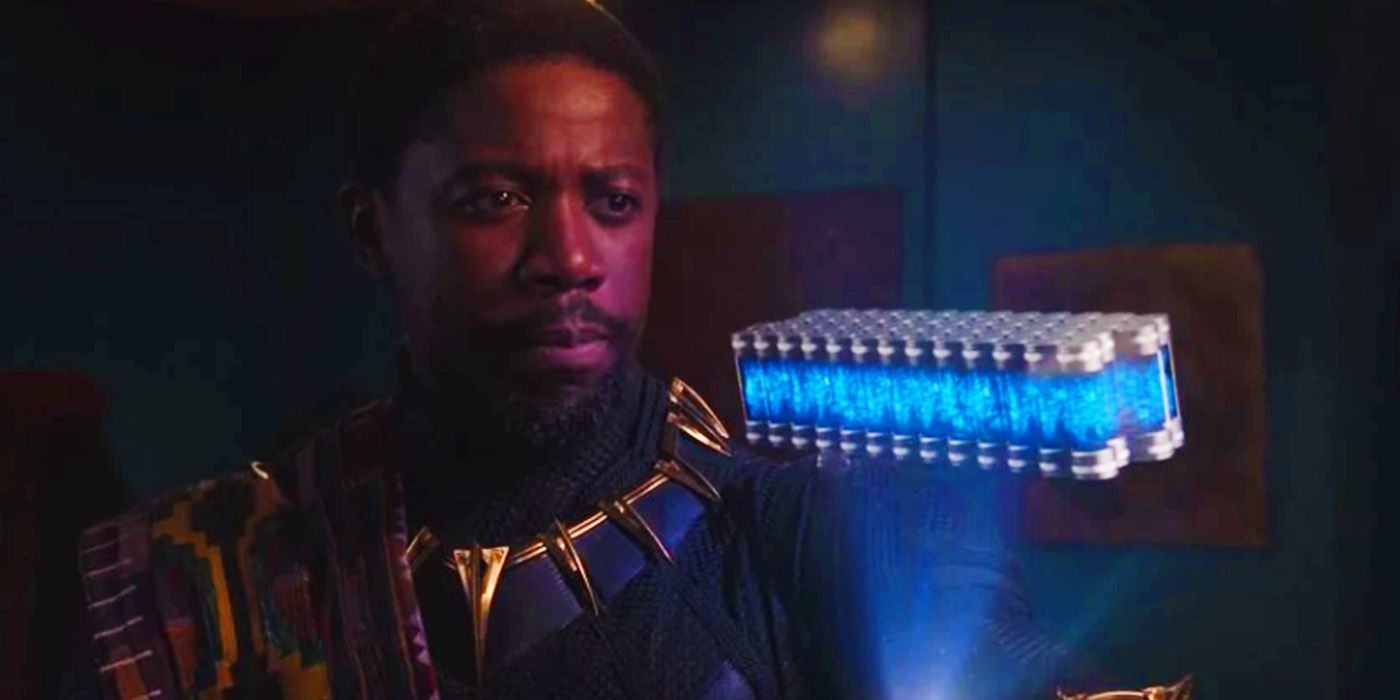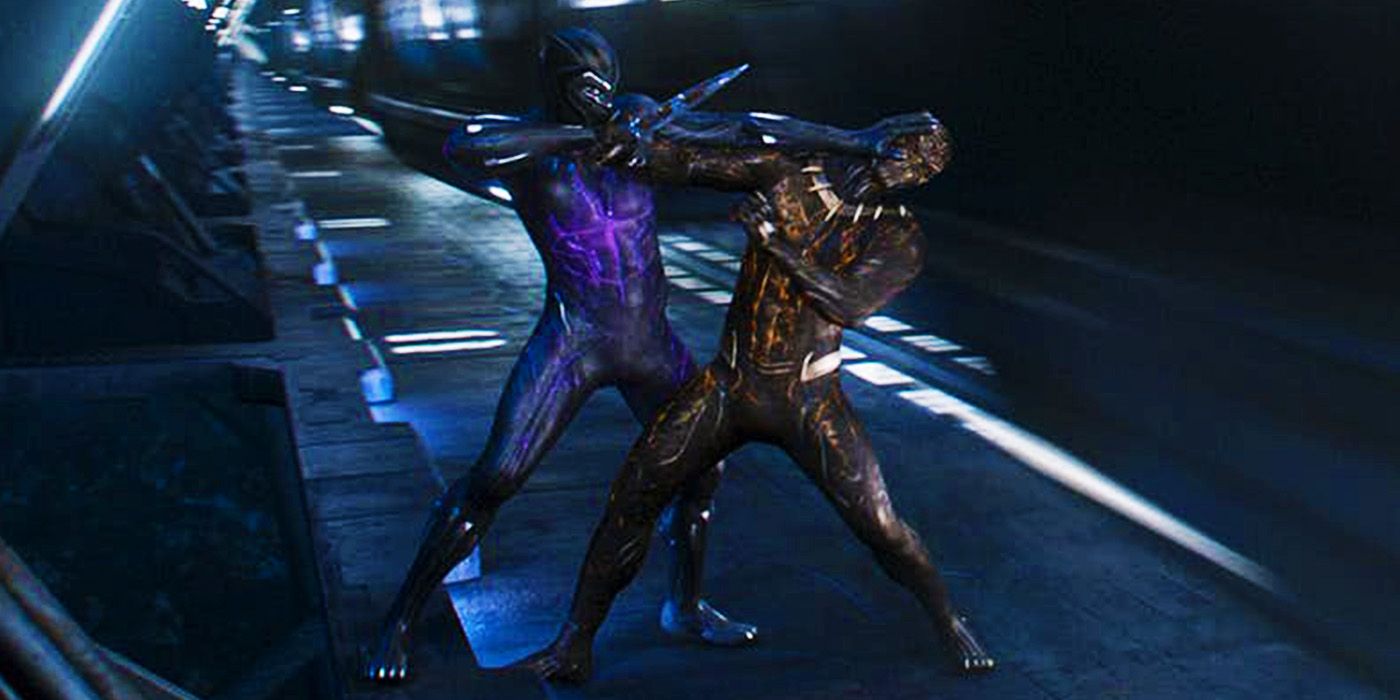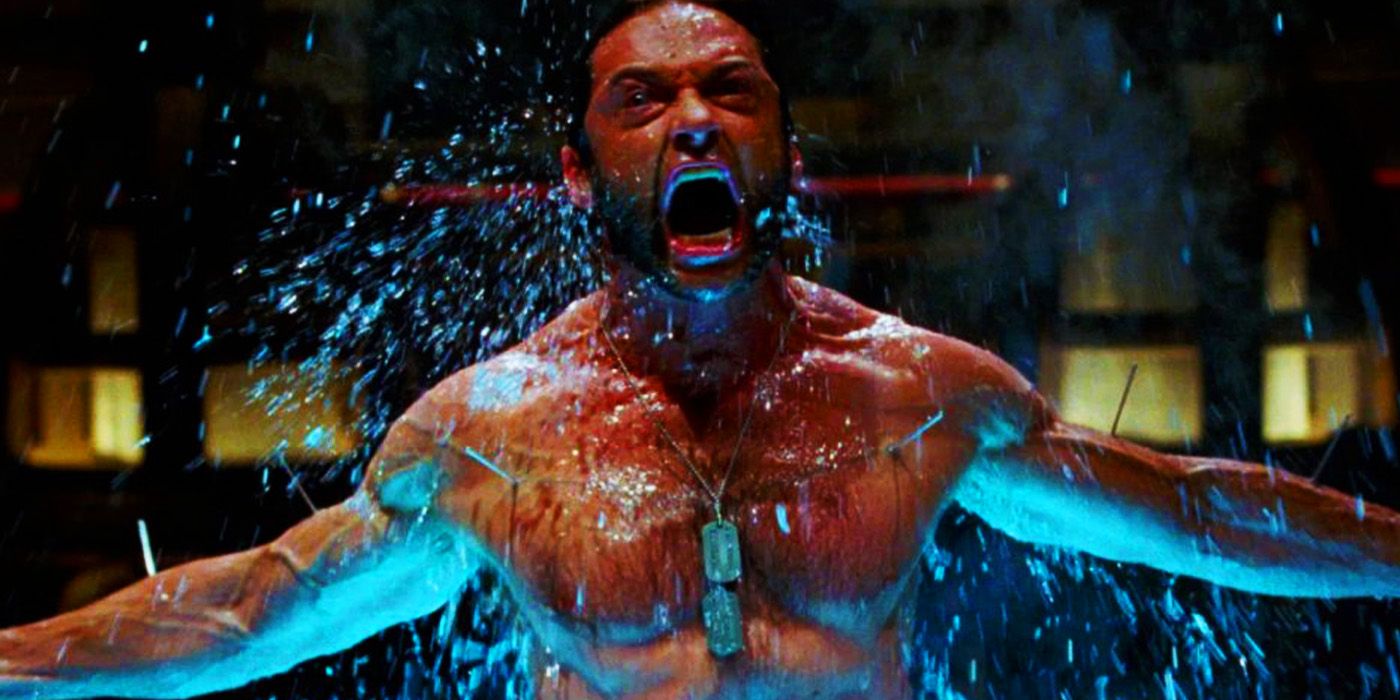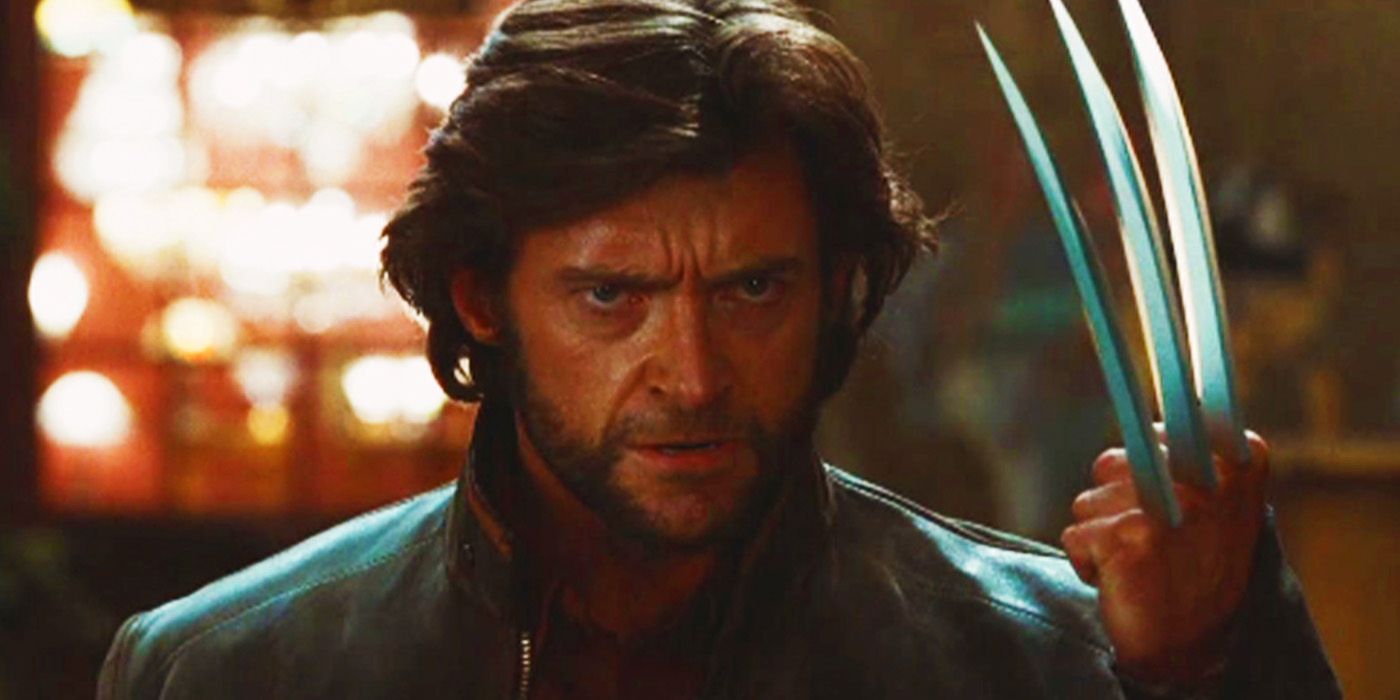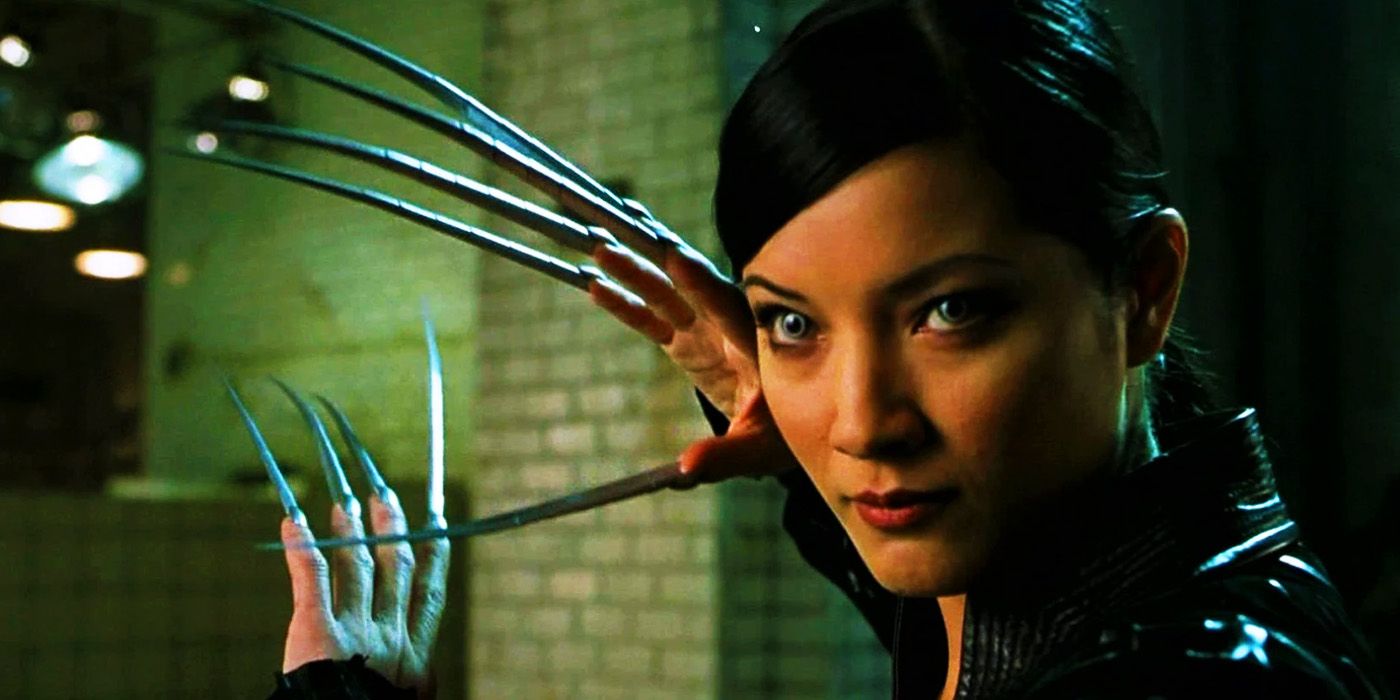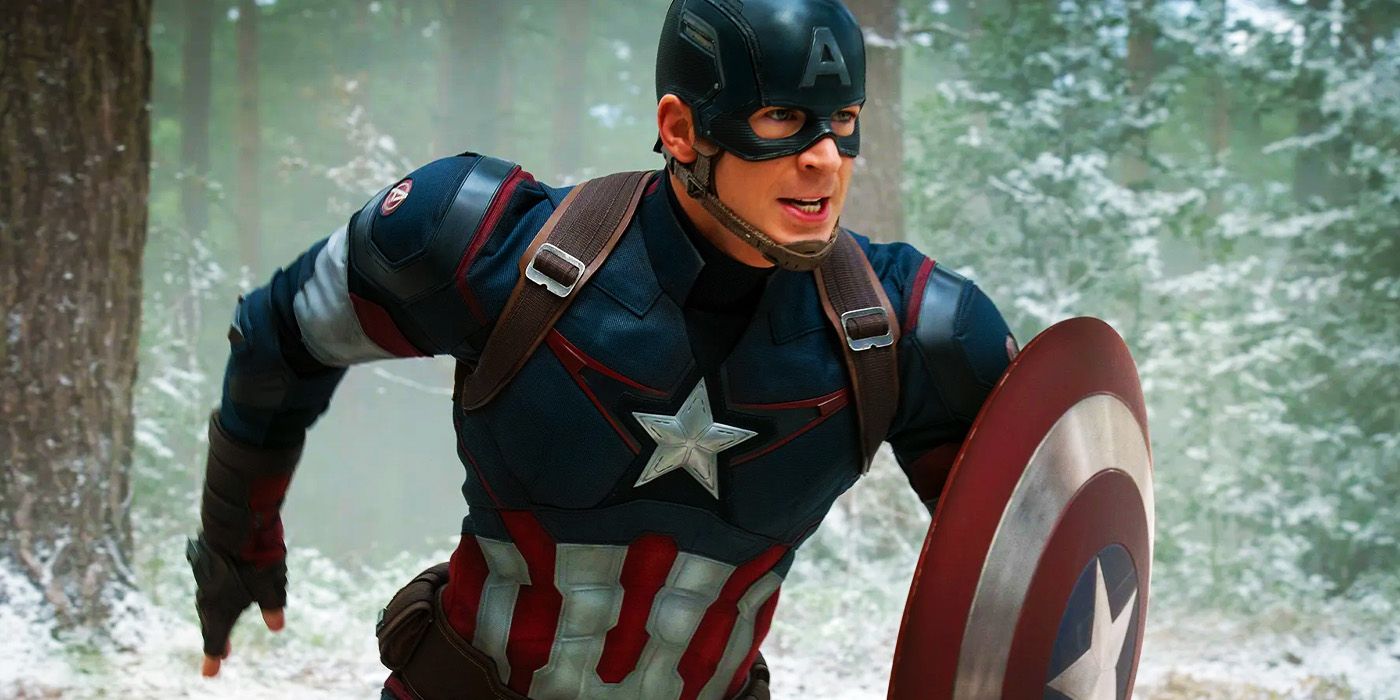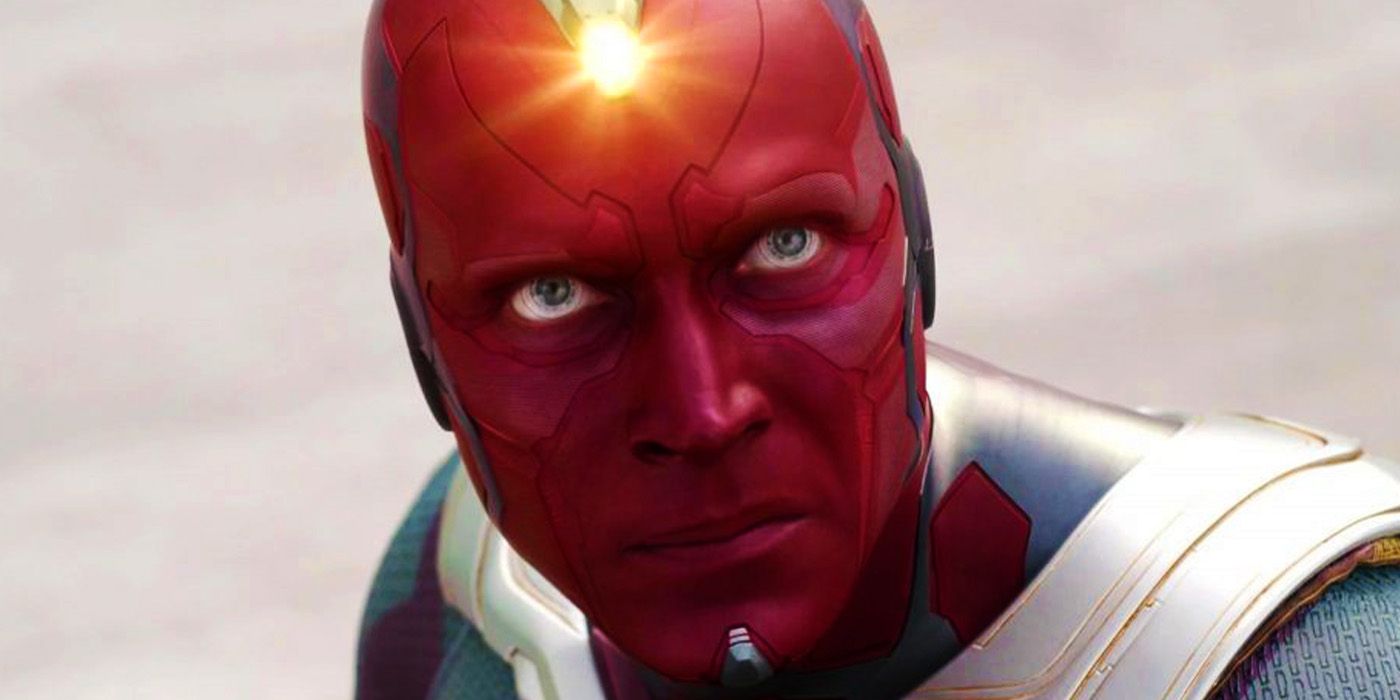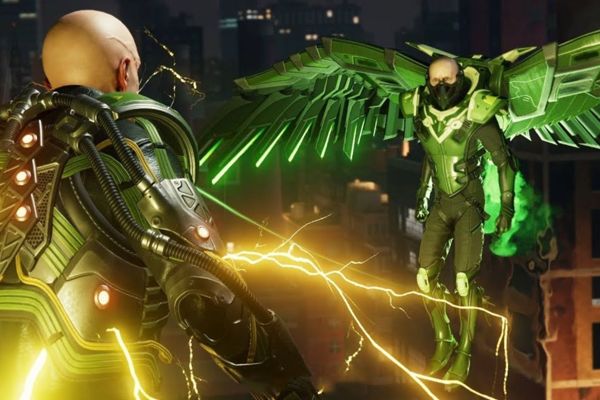
Marvel's Metals: Vibranium vs Adamantium

Exploring the strengths and weaknesses of vibranium and adamantium in Marvel's live-action franchises.
Introduction
Marvel's metals have been adapted for live-action. Both vibranium and adamantium have been adapted from Marvel Comics into the Marvel Cinematic Universe and Fox's X-Men Universe, respectively, but one metal has been depicted as much stronger than the other. Vibranium and adamantium are just two examples of Marvel Comics' strongest fictional metals, and both have had crucial roles in the development of Marvel's live-action franchises. Vibranium has been a huge cog in the MCU machine, while adamantium was featured heavily in Fox's X-Men Universe, and has recently been rumored to be appearing in the MCU in upcoming Multiverse Saga projects.
T'Challa on a car in Korea in Black Panther
Vibranium Strengths & Weaknesses Explained
Both in Marvel Comics and in the MCU, vibranium originated in an undisclosed location in space and crashed to Earth thousands of years ago in the form of a meteorite. The first recorded discovery of vibranium occurred in Antarctica in Marvel Comics, with this version dubbed 'Anti-Metal' because of its ability to dissolve other metals, though a different variety of the metal found in Wakanda could absorb sound waves and other vibrations. The latter is the version more prominently featured in the live-action MCU, and it has been used for a variety of purposes, enhancing the abilities of several high-profile Marvel Studios superheroes and villains.
King T'Chaka's Black Panther looking at vibranium in Black Panther
First seen in 2011's Captain America: The First Avenger, vibranium had been used to create a circular shield that Howard Stark presented to Steve Rogers' Captain America in 1943. While Stark believed this to be the only supply of vibranium in the world, the hidden nations of Wakanda and Talokan had access to vibranium centuries and millennia prior. It was revealed in 2018's Black Panther that the Wakandans used vibranium-infused plants, such as the heart-shaped herb, to create the superhuman Black Panther, and the material was used to advance their technology and create their supreme weapons, while vibranium was used in Talokan to build a vast underwater city.
Vibranium has been used to create some of the MCU's most powerful weapons, including the Black Panther armor and weapons, Captain America's shield, Sam Wilson's Captain America's costume, Bucky Barnes' prosthetic arm, the artificial intelligence Vision's body, the underwater city of Talokan and the Talokanil weapons, and Ultron's upgraded bodies in the MCU's Phase 2. In its pure state, vibranium is stronger than steel but a third of the weight, while also being completely vibration absorbent. Vibranium can also store kinetic information and expel it with equal force, giving T'Challa's vibranium suit a power upgrade in Black Panther.
T'Challa fighting Killmonger in Black Panther
Vibranium also comes in forms other than hardened metal, as the Wakandans ingest vibranium-infused flora, sew it into their clothing, and use it to power their city, technology and weapons. However, vibranium isn't without its limitations, as several characters, such as Thanos, the Scarlet Witch and Corvus Glaive have destroyed the MCU's vibranium inventions, and sonic waves render vibranium defunct, which ultimately allows T'Challa to defeat Killmonger.
Adamantium Strengths & Weaknesses Explained
In Marvel Comics, adamantium was formed following an attempt by scientist Myron MacLain to recreate the accident that created the vibranium alloy used in Captain America's shield. While the substance was a man-made metal in Marvel Comics, Fox's X-Men Universe changed adamantium's origins, claiming it to have originated from a mysterious meteorite discovered somewhere in Nigeria by William Styker and Task Force X in 2009's X-Men Origins: Wolverine. While vibranium has been used in the MCU for a variety of innovative and creative purposes, the X-Men franchise mostly used adamantium as a means to create advanced weaponry, usually inside the bodies of mutants.
Wolverine getting adamantium bonded to his skeleton in X-Men Origins Wolverine
Adamantium is most famously known as the metal bonded to Wolverine's skeleton in Fox's X-Men Universe and in Marvel Comics, allowing him to have blades for claws instead of his naturally-occurring bone claws. When superheated, adamantium is presented in a liquid form, which allowed William Stryker to cover Wolverine's skeleton in the alloy, but when cooled, adamantium becomes hard and virtually indestructible. This is due to its perfectly stable molecular structure, which also makes adamantium impervious to rust, decay and corrosion. Adamantium has been bonded to the skeletons of several X-Men characters, and has always increased their strength, resilience and agility, without impeding their biological processes and movement abilities.
Wolverine showing his adamantium claws in X-Men Origins Wolverine
Adamantium has been bonded to the physical bodies of several mutant characters in Fox's X-Men Universe, including Wolverine, his biological daughter Laura, a.k.a. X-23, his clone, X-24, and William Stryker's controlled bodyguard, Lady Deathstrike. Adamantium was also used to create the Silver Samurai armor in The Wolverine, which was capable of destroying Wolverine's claws. Despite its impressive gifts, adamantium still has some major flaws. Not least, the metal is still highly susceptible to Magneto's mutant abilities, which the villain has proven on several occasions by moving and manipulating Wolverine against his will.
Lady Deathstrike with her adamantium nails in X2
Vibranium Is Stronger Than Adamantium
In Marvel Comics, adamantium and vibranium weapons have gone toe-to-toe on several occasions, and the former usually comes out on top. However, in Marvel's live-action projects in the MCU and Fox's X-Men Universe, vibranium is clearly the stronger substance, and the more versatile. Adamantium has been used in the X-Men movies to enhance the physical structure of characters such as Wolverine, and has gifted them some impressive superhuman gifts, but Marvel Studios has implemented some of the more ingenious uses for vibranium that mean the metal is more widespread, more regularly used, and far more powerful than its cousin used by 20th Century Fox.
Captain America running with his shield in Avengers Age of Ultron
Vibranium has been used to create advanced technology and weaponry that provides huge advantages to Earth's Mightiest Heroes and the forces of Wakanda and Talokan. Additionally, vibranium is the key ingredient in Vision's synthetic body, and so has been proven capable of containing the power of an Infinity Stone, which not many other pieces of equipment in the MCU have been able to withstand. Adamantium may be denser, but vibranium's ability to absorb shockwaves, expel kinetic energy and repel ballistics of practically any kind make it one of the most coveted materials in the Marvel Cinematic Universe.
Vision using the Mind Stone in Captain America Civil War
